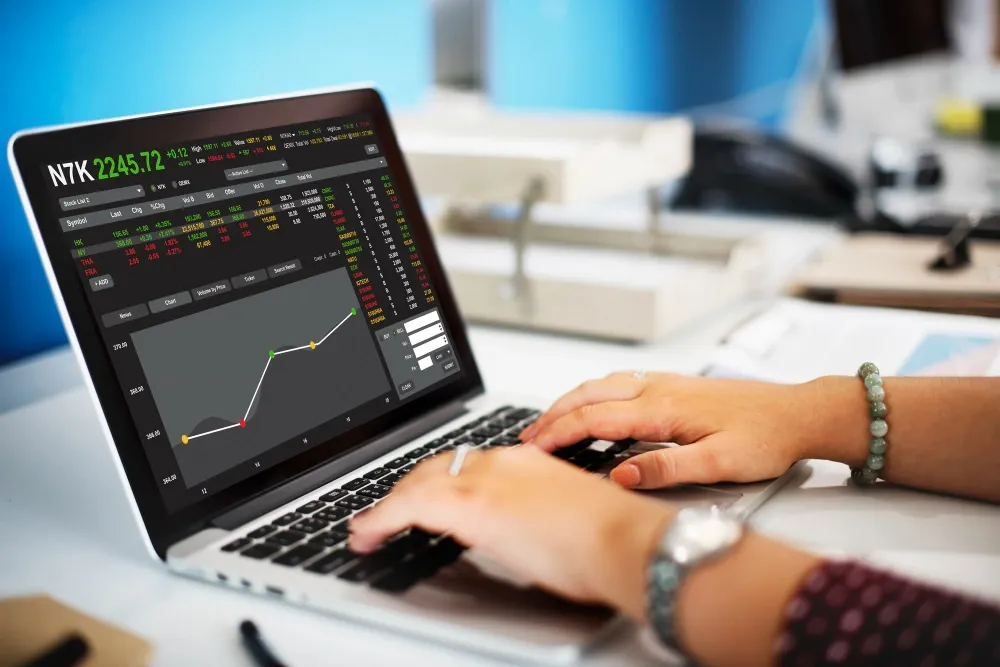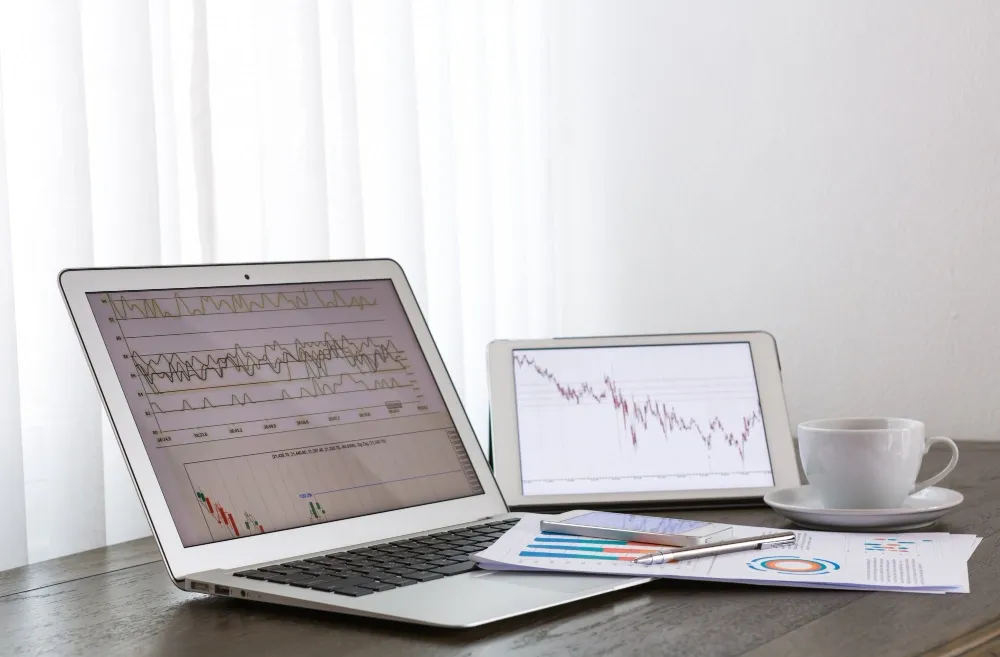Scalping is one of the fastest and most intense trading strategies in the financial markets. It’s designed for traders who thrive on quick decisions, tight timing, and small but frequent profits.
Rather than holding positions for hours or days, scalpers focus on micro-movements — aiming to profit from tiny price changes that occur within minutes or even seconds.
This article explains what scalping is, how it works, its main strategies, and what beginners should know before diving into this high-speed trading style.
What Is Scalping in Trading?
Scalping is a short-term trading strategy where traders buy and sell financial instruments — such as stocks, forex, or ETFs — within seconds to minutes to capture small price fluctuations.
Each trade may yield a very small profit, but by executing dozens or even hundreds of trades a day, those gains can add up over time.
According to Investopedia, scalping is based on the principle that many small wins can compound into significant returns — as long as losses are controlled and execution is efficient.
Scalpers focus on liquidity, speed, and precision. The key is not holding positions overnight, avoiding exposure to unpredictable market events.
How Scalping Works
Scalpers exploit small inefficiencies in price and volume during high-liquidity periods. Most use real-time data, level 2 order books, and direct market access (DMA) platforms to place orders at lightning speed.
A typical scalping process involves:
- Identifying a liquid asset with tight bid-ask spreads (like Apple, Microsoft, or major forex pairs).
- Entering a position when a short-term setup appears — often based on volume spikes or momentum shifts.
- Closing the position within seconds or minutes to lock in small profits (usually a few cents per share).
- Repeating the process multiple times throughout the day.
Because profits per trade are small, scalpers rely on high trade frequency, low transaction costs, and strict discipline to stay profitable.
Scalping vs Day Trading
While both strategies operate within the same day, their pace and objectives are vastly different:
| Aspect | Scalping | Day Trading |
|---|---|---|
| Holding Period | Seconds to minutes | Minutes to hours |
| Trades per Day | Dozens to hundreds | A few to several |
| Profit per Trade | Very small | Moderate |
| Risk Level | High (execution risk) | High (market risk) |
| Focus | Liquidity & speed | Intraday trends |
| Best For | Advanced traders | Intermediate to advanced traders |
In short, scalping is day trading on turbo mode — faster, riskier, and requiring sharper focus.
Common Scalping Strategies
1. Market-Making
Scalpers act as mini market-makers, placing simultaneous buy and sell orders to profit from the bid-ask spread. This works best in highly liquid markets with narrow spreads.
2. Momentum Scalping
Traders enter positions when strong momentum emerges — for example, after a sudden volume surge or breakout — and exit quickly before the move fades.
3. News-Based Scalping
Scalpers trade around news releases or economic data, aiming to capitalize on rapid price spikes and volatility.
4. Technical Scalping
This method uses indicators such as Moving Averages, Bollinger Bands, and Stochastic Oscillator to find short-term price reversals or micro trends.
5. Range Scalping
When prices oscillate within a narrow range, scalpers repeatedly buy near support and sell near resistance — collecting small profits multiple times a day.
Tools and Requirements for Scalping
To succeed in scalping, traders need precision, technology, and speed.
- High-Speed Internet Connection: Latency can make or break a trade.
- Direct Market Access (DMA) Platform: Enables instant order execution.
- Real-Time Data Feeds: Crucial for tracking second-by-second price changes.
- Hotkeys & Automated Tools: Help execute trades in milliseconds.
- Low Fees: Commissions can eat profits quickly, so low-cost brokers are essential.
Advantages of Scalping
- Fast Results: Profits (or losses) are realized almost instantly.
- No Overnight Risk: All positions are closed before the market ends.
- Frequent Opportunities: Volatility provides multiple setups daily.
- Compounding Potential: Small consistent wins can accumulate over time.
- Tight Risk Control: Losses per trade can be limited with strict stop-losses.
Risks of Scalping
- Execution Errors: Even a one-second delay can turn a profit into a loss.
- High Transaction Costs: Frequent trades increase exposure to fees and slippage.
- Mental Fatigue: Continuous focus and quick decision-making can cause burnout.
- Limited Reward Potential: Gains per trade are small, so accuracy must be extremely high.
- Strict Discipline Needed: One emotional mistake can wipe out an entire day’s profits.
Tips for Beginner Scalpers
- Start Small: Begin with a demo account or low capital to test your speed and discipline.
- Trade Liquid Assets: Focus on high-volume instruments like AAPL, NVDA, or major forex pairs.
- Use Tight Stop-Losses: Never risk more than 0.5–1% per trade.
- Keep a Trading Journal: Document every trade to spot patterns and errors.
- Avoid Overtrading: Focus on quality setups, not quantity.
- Master Your Platform: Know every shortcut and tool — speed matters.
- Stay Emotionally Neutral: Treat scalping as a system, not a gamble.
Conclusion
Scalping is the fastest form of trading, demanding exceptional discipline, precision, and technical skill. While the potential for quick profits is appealing, it also carries significant execution and emotional risks. Traders who succeed in scalping treat it like a science — combining data, discipline, and focus in every trade.
FAQ
1. What is scalping in trading?
Scalping is a short-term trading style that profits from small price changes, with trades lasting seconds to minutes.
2. How is scalping different from day trading?
Scalping is faster and more frequent, while day trading holds positions longer and focuses on intraday trends.
3. Is scalping suitable for beginners?
It’s challenging for beginners due to speed and precision requirements. Beginners should start with swing trading first.
4. How much capital do I need to start scalping?
It depends on your broker’s margin requirements, but small accounts can start with $500–$1,000 using fractional shares.
Disclaimer
Gotrade is the trading name of Gotrade Securities Inc., which is registered with and supervised by the Labuan Financial Services Authority (LFSA). This content is for educational purposes only and does not constitute financial advice. Always do your own research (DYOR) before investing.




